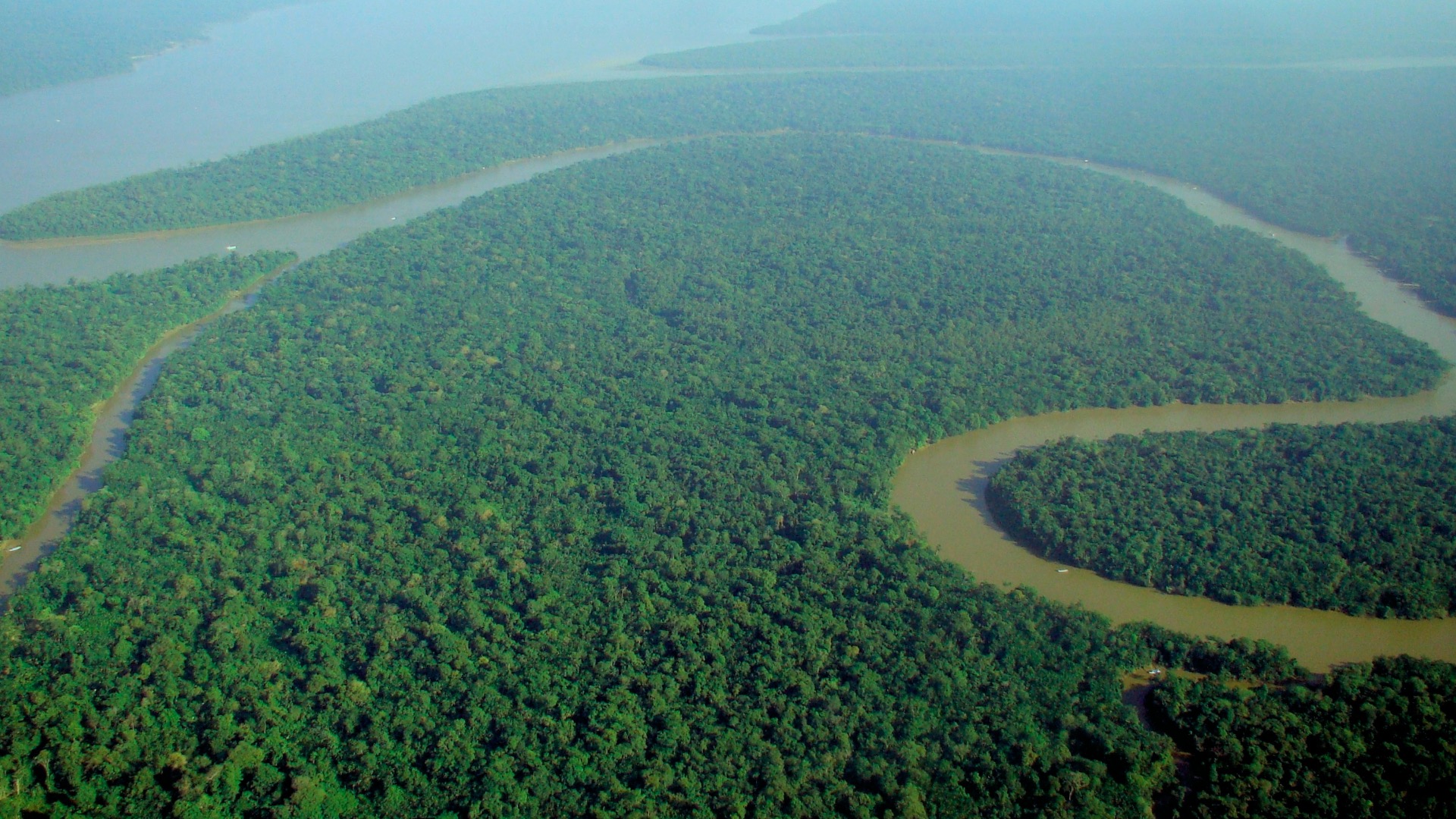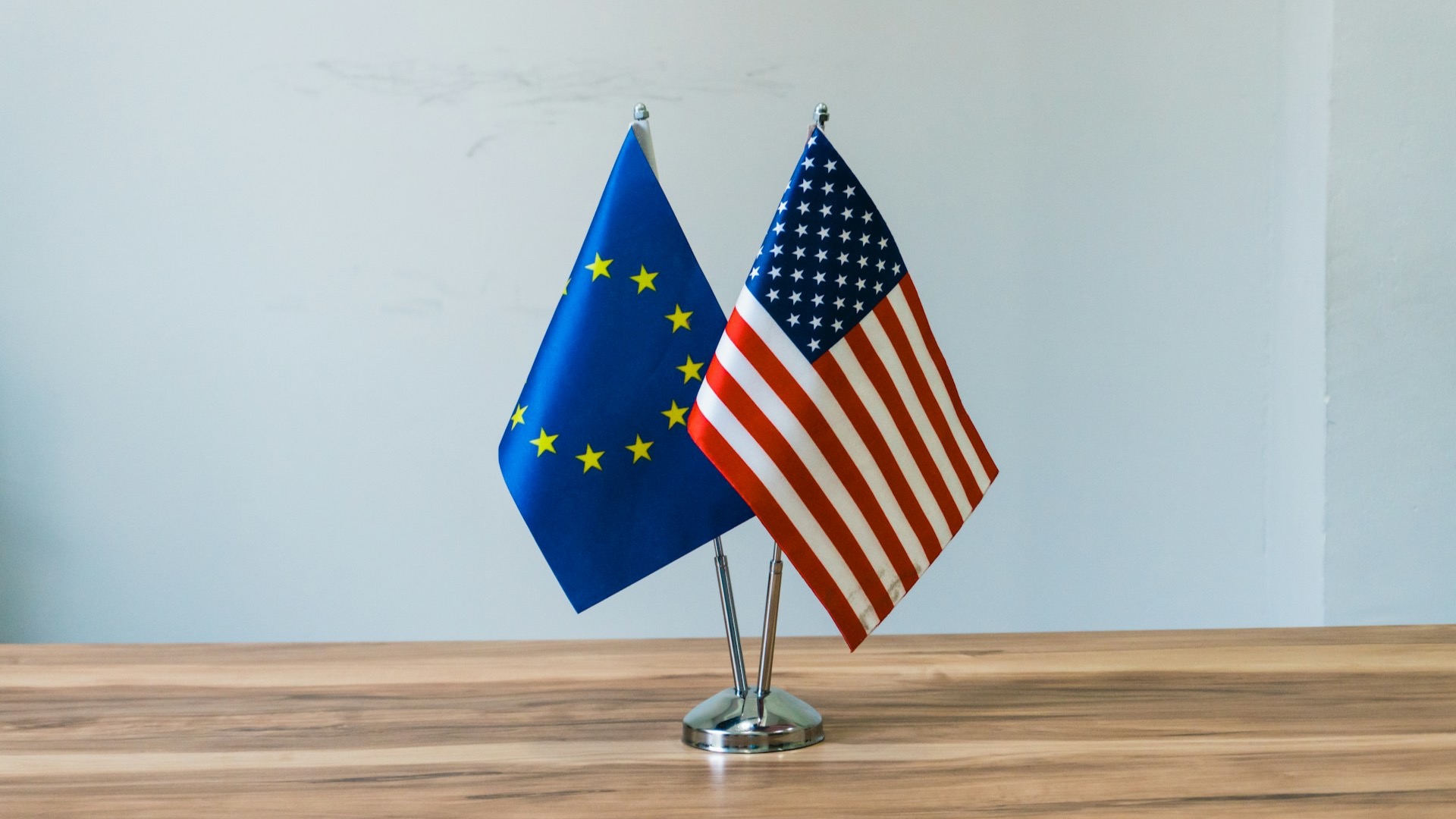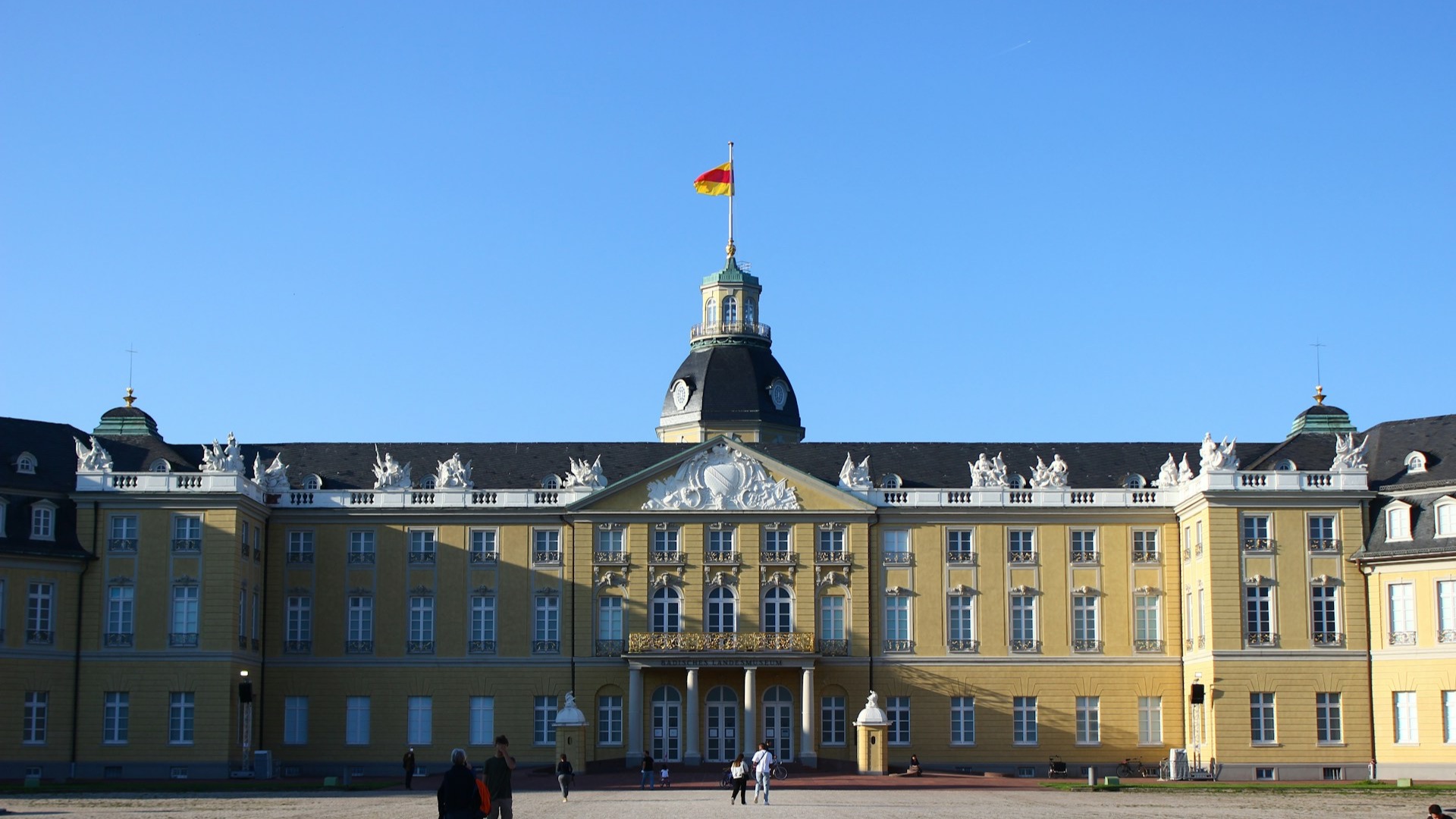
The Amazonian Paradox – Structural Deadlocks and the Crisis of Implementation at COP30
COP30, designated by the Brazilian Presidency as the „COP of Truth,“ was intended to catalyze climate action and operationalize the „Paris Ratchet“ mechanism. However, the conference has highlighted a persistent paradox: while the multilateral system articulates ambitious targets, structural, fiscal, and political barriers undermine effective implementation. For European policymakers, the event exposes a strategic dilemma: maintaining leadership in climate ambition amid domestic budgetary pressures that constrain financial commitments. This article examines three critical dimensions—finance, fossil fuel transition, and social legitimacy—before evaluating plausible outcomes for the final stage of negotiations.

1. Financial Architecture: The NCQG Deadlock
Central to COP30 is the negotiation of the New Collective Quantified Goal (NCQG), the successor to the $100 billion annual climate finance target. Developing countries have consolidated around a demand for $1.3 trillion annually in public finance by 2035, invoking the notion of „climate debt“ and emphasizing that energy transitions in the Global South cannot rely on debt-based financing under current market conditions.
The negotiations reveal a dual structural divergence: numerical disagreement over the quantum of funding and temporal disagreement over the disbursement schedule. Brackets remain around both the total sum and the timeline, reflecting the absence of consensus. European negotiators, particularly from Berlin, have advanced a strategy emphasizing private finance mobilization and the inclusion of high-emission emerging economies (e.g., China and Gulf states) in the contributor base. However, internal German budgetary pressures—specifically on the Federal Ministry for Economic Cooperation and Development (BMZ)—have weakened negotiating credibility.
The risk is twofold: either a „hollow deal“ emerges that nominally acknowledges the trillions needed but lacks binding public capital commitments, or procedural delays extend the stalemate to intersessional meetings in Bonn. Developing nations have made clear that without credible public finance guarantees, expectations for enhanced Nationally Determined Contributions (NDCs) are diplomatically void.
2. Fossil Fuel Transition: Operationalizing the Dubai Consensus
While finance dominates plenary debates, operationalizing the fossil fuel transition has emerged as a normative battleground. COP30 was tasked with implementing the „UAE Consensus“ from COP28, promising a „transition away“ from fossil fuels. Brazilian Environment Minister Marina Silva attempted to translate this pledge into a concrete „Roadmap to Mission 1.5°C,“ yet domestic contradictions persist. Brazil’s energy sector continues exploration near the Amazon, undermining Silva’s diplomatic leverage and enabling other oil-producing nations to dilute language on phase-out measures.
Current drafts reflect a retreat toward general „abatement“ strategies and an expanded reliance on Carbon Capture and Storage (CCS), not as a transitional technology for hard-to-abate sectors but as justification for ongoing fossil fuel expansion. For European climate researchers and policymakers, these signals suggest that the ratchet mechanism designed to limit warming to 1.5°C is weakening rather than accelerating.
3. Social Legitimacy: Indigenous Rights and Civil Society
The „Amazon COP“ has also highlighted a crisis of social legitimacy. Belém was selected to center Indigenous sovereignty and biodiversity protection; however, tensions between security forces and Indigenous groups have escalated. Protests demanding land demarcation and the removal of illegal miners were met with heavy-handed security measures, restricting access to the Blue Zone.
For European policymakers committed to rights-based climate action, this represents a significant complication. Excluding Indigenous actors from the decision-making process risks undermining the credibility and implementability of any forest protection or nature-based solution agreements. Without their inclusion, enforcement mechanisms for carbon sink protection remain fragile, compromising both environmental integrity and diplomatic legitimacy.
Conclusion: Scenarios for COP30 Outcomes
As COP30 approaches its conclusion, three potential outcomes emerge:
- Collapse: Failure to agree on the NCQG leads to procedural delays and undermines the credibility of the 2035 NDCs.
- Hollow Framework: A headline finance number exceeding $1 trillion is agreed, but composed primarily of private finance and loans, with minimal public grant money, saving face without addressing structural inequities.
- Berlin-Brasilia Bridge: The EU provides credible public finance guarantees in exchange for a roadmap to expand the contributor base post-2030, creating a compromise that combines ambition with implementability.
For Berlin, aligning domestic budgetary signals with diplomatic objectives is critical. The era of „constructive ambiguity“ is over; developing nations demand concrete public finance commitments, not capacity-building rhetoric. Without this alignment, the Paris Agreement risks operational stagnation despite remaining legally in force.
Policy Implications
COP30 underscores three strategic imperatives for European policymakers:
- Secure credible public finance commitments to maintain diplomatic leverage in NDC negotiations.
- Strengthen normative clarity on fossil fuel transitions, balancing ambition with geopolitical feasibility.
- Protect social legitimacy by ensuring Indigenous and civil society participation in forest protection and carbon market governance.
The Mutirão offers a symbolic opportunity for collective action, but the foundations of multilateral climate governance—finance, trust, and operational clarity—remain fragile. The outcomes in Belém will shape the trajectory of climate diplomacy and the credibility of the Paris Agreement for years to come.
Photo Credits: Aerial view of the Amazon Rainforest by Lubasi, licensed under CC BY-SA 2.0, via Wikimedia Commons.







